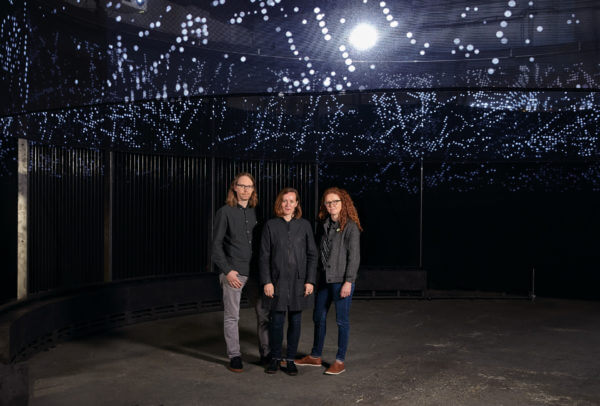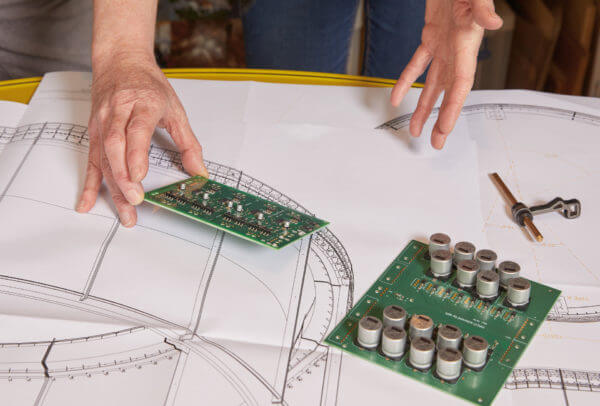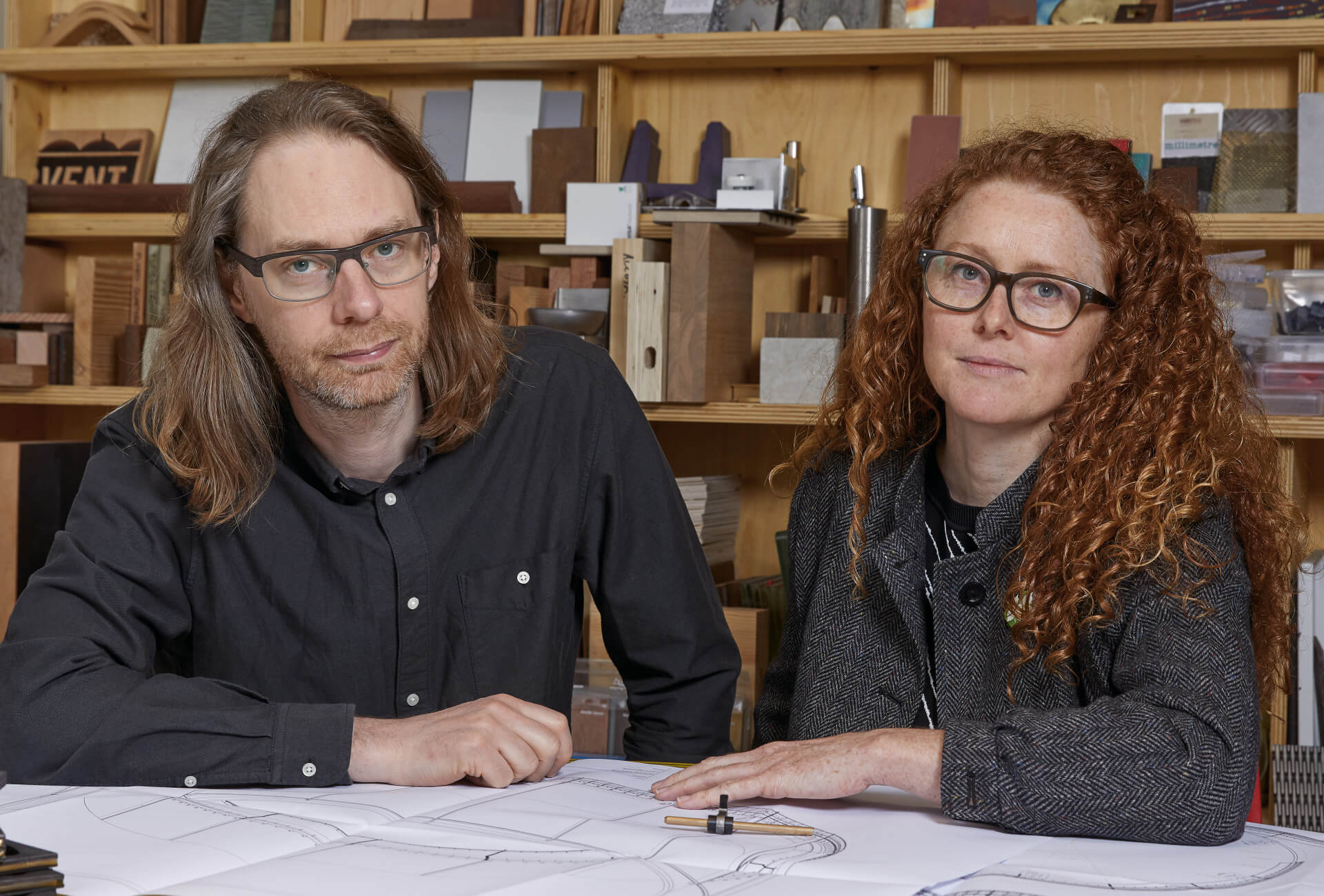Audemars Piguet collaborates each year with a selected curator and emerging or mid-career artist to realise a new artwork that is premiered during one of Art Basel’s three international shows. The aim is to amplify the artist’s unique vision, while using the complexity and precision inherent in watchmaking as the artist’s stimuli. This year, Mónica Bello helped select Semiconductor whose work reflects the continuing exploration of these themes, celebrating a dialogue between contemporary art, science, and technology.

Titled HALO, the large-scale, site-specific artwork will present visitors with an artistic interpretation of the ATLAS experiment at CERN. The large-scale, immersive experience will allow viewers to better understand subatomic nature and the complex phenomena taking place at the CERN’s Large Hadrons Collider (LHC). Artists-in-residence at CERN for two months in 2015, Semiconductor have used raw data from the ATLAS experiment in their work. HALO takes the form of a ten-metre-wide cylinder-shaped structure that is entirely surrounded by vertical piano wires. Standing four metres tall, the interior of the installation is encircled by a 360-degree screen on which visitors can observe kaleidoscopic data projections generated by a series of slowed-down subatomic particle collisions that ordinarily occur almost at the speed of light. As they hit the screen, the animated data points also trigger small hammers to hit the surrounding piano wires, emitting an all-encompassing vibration that resonates throughout the artwork, to be experienced both acoustically and physically by visitors.
The installation marks the first time an artist has received permission to work directly with raw data generated by the ATLAS experiment, thanks to the involvement of Audemars Piguet and CERN. Semiconductor says, ‘We are interested in the unknown and finding out about who we are as humans through what we don’t know. Science just happens to be the medium through which we do that. We hope visitors to HALO will be humbled by the immersive environment, transcending the scientific aims of the data.’

Following the established approach of the annual Art Commission, the artists were invited to Audemars Piguet’s home in Le Brassus, Switzerland, during the artwork’s development to spend time with the Manufacture’s watchmakers and begin to conceptualise the artwork. During their visit, Semiconductor noted many similarities between the watchmaking workshops and the laboratories at CERN. ‘They’re both operating at the limits of what is physically and humanly possible; the watches on a minuscule scale, where aids are needed to see the parts required, and at CERN, at the other end of the spectrum, where the limitations become how to manoeuvre, install and run experiments at such a large scale.’














